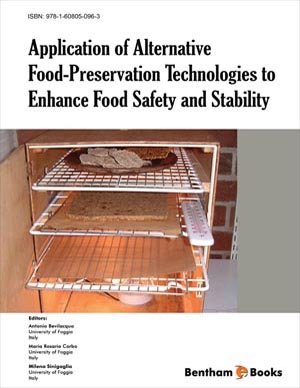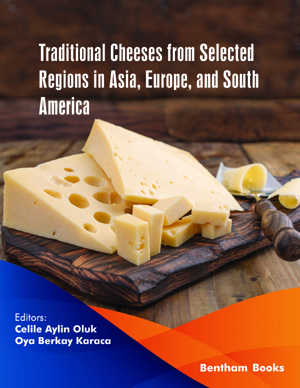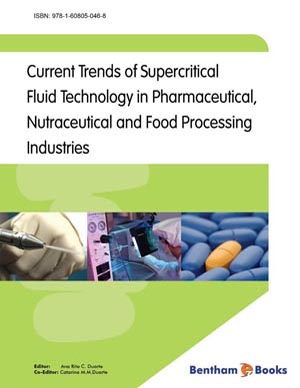Abstract
Since ancient times, algae have been a staple in the diet of Asian countries.
Currently, due to migratory currents, globalization and new eating habits, algae are
increasingly common in the markets and shops of Western countries. Edible algae can
accumulate elements that, in high quantities, pose a toxic risk to consumers. Various
authors have recorded high concentrations of toxic metals and trace elements in edible
algae. However, in all cases, it has been shown that some species of algae, such as the
Hizikia fusiform alga, tend to accumulate high concentrations of inorganic arsenic,
making it necessary to modulate its consumption. Likewise, algae of some
geographical origins are more exposed to contamination; therefore, it is recommended
to avoid their consumption. Likewise, in cases of people with a susceptibility to
suffering from thyroid problems, it is recommended to consume smaller amounts of
algae, avoiding some species, such as some species of red algae, which can accumulate
higher concentrations of iodine. In conclusion, it is recommended that the consumer
varies between species, avoiding consuming a single species of algae, as well as
avoiding those algae that come from places with a higher degree of contamination, as it
has been shown that they are accumulators of toxic elements. Likewise, it is necessary
to monitor the levels of certain toxic elements in edible algae in order to ensure the
quality of these foods.



















